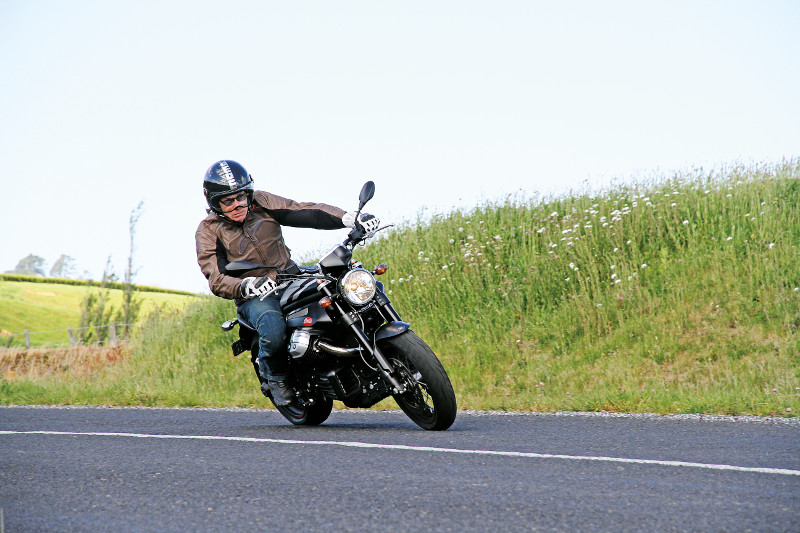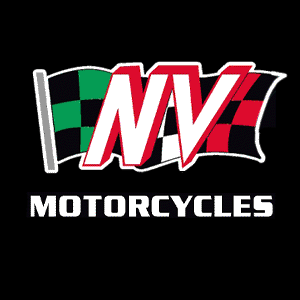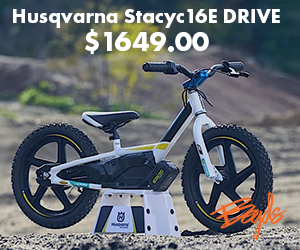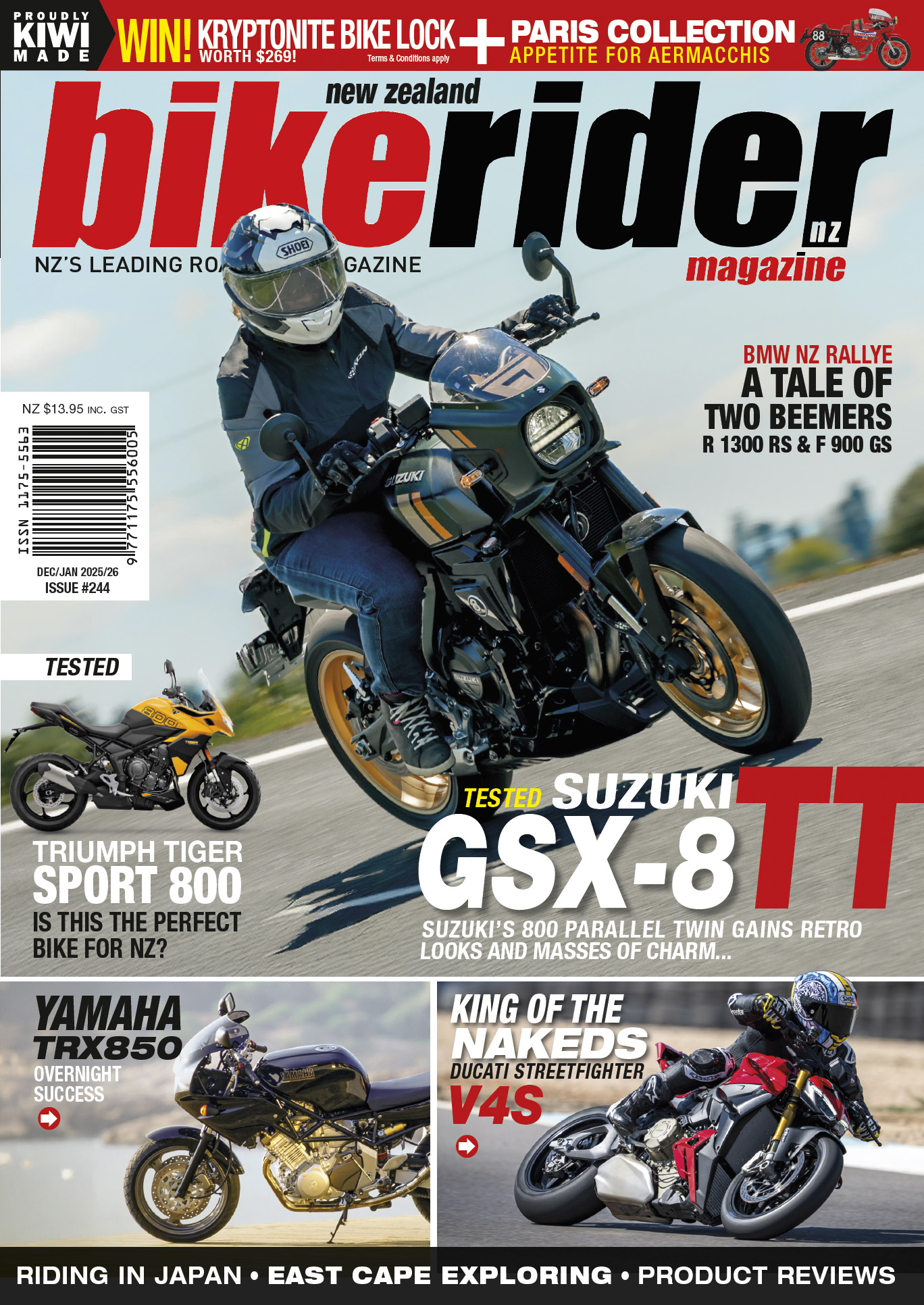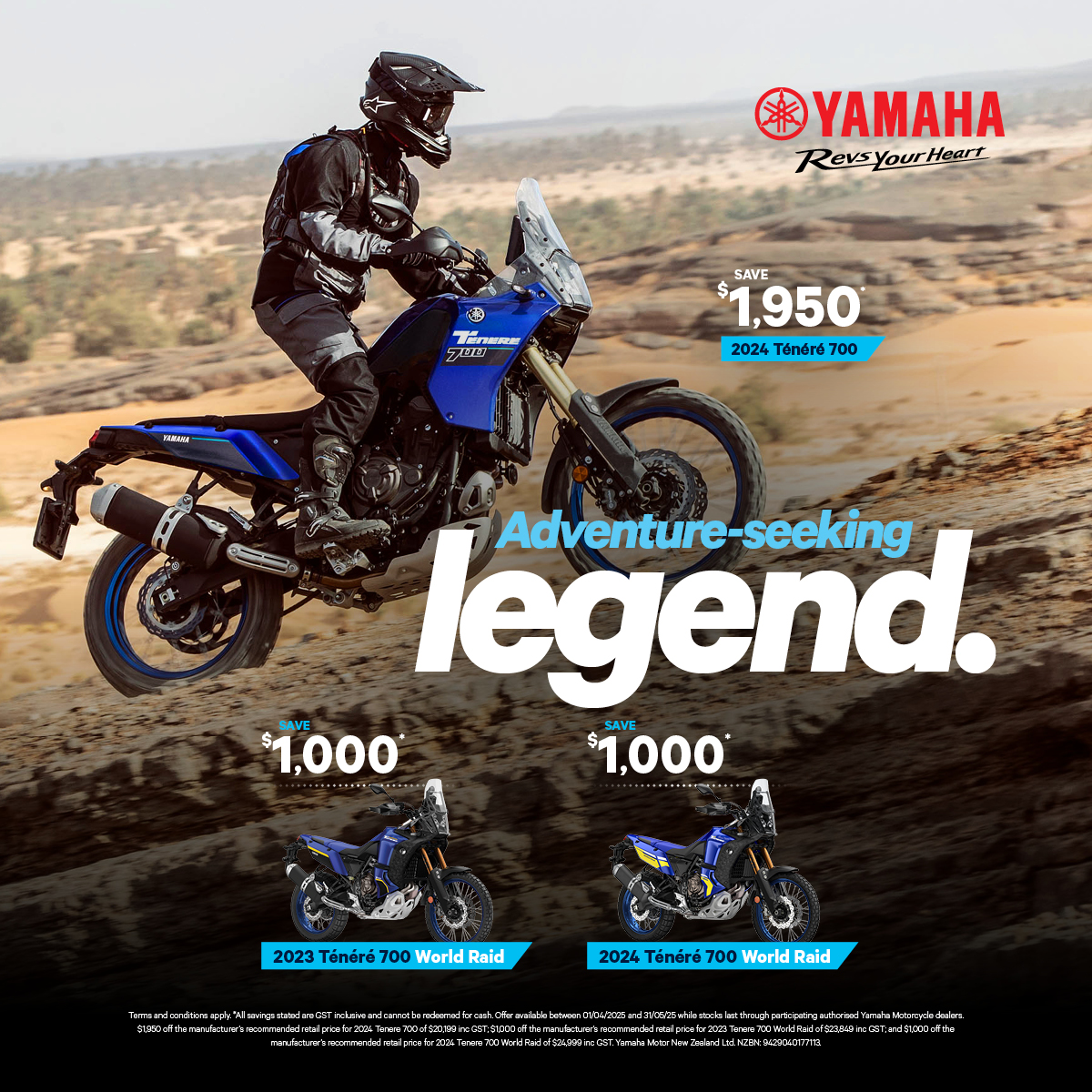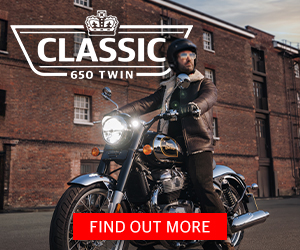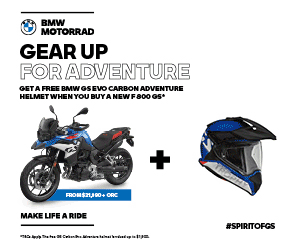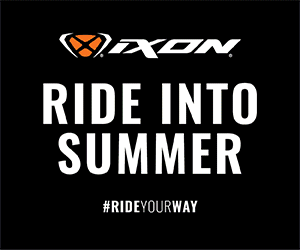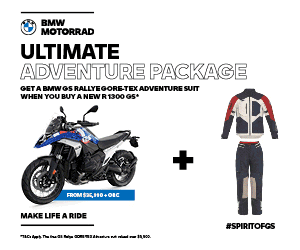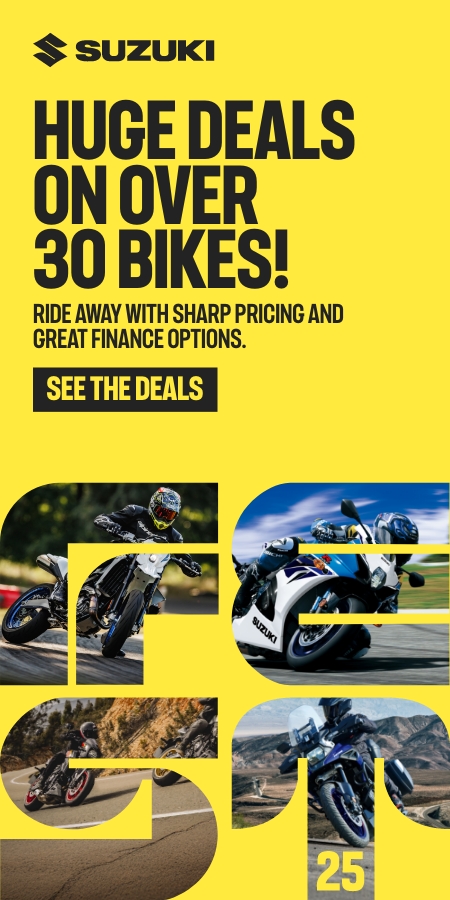Your helmet is the most crucial piece of safety equipment you’ll buy for riding a motorcycle. Period.
Words: Kev
With that out of the way, which of the ever-increasingly diverse range of helmets is right for you? The one that is designed specifically for the type of riding you do. Then there is the fit, which can make one brand better for you than another, as for even a top-end helmet to perform its vital function, it must fit correctly.
So, what type of riding do you do?
Sport/Race
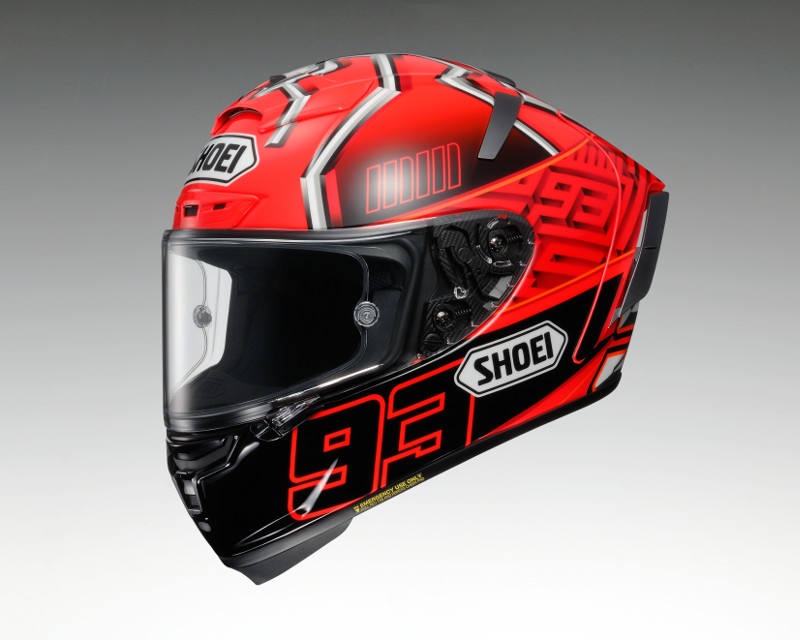 Suck it up, princess – sportsbikes and race bikes are expensive to keep. Tyres and other costs are just part of the deal, but so is a helmet designed for the speeds. Great aerodynamics, serious ventilation, firmly sealed visor, impact and abrasion protection that smacks the ‘standard required’ firmly out of the park are the things to look for. All the good ones are ECE standard; some have other standards ticked, too, but ECE is the one used in MotoGP, WSBK, etc. So, yeah, make sure the one you buy has that stamp and the correct letter stating that it’s for motorcycles, not cars. If you are not 101 per cent certain of the difference, go to your trusted store. There are websites for Kiwi distibutors, allowing you to browse online. But, if you buy off-shore, beware of the many traps out there, like helmets not legal for motorcycle use in NZ, blatant copies, etc. You won’t save bundles of money either as NZ prices are better than most for starters. Oh, and the Consumer Guarantees Act doesn’t work overseas, so buying local might save you a bunch of embarrassment. Again, support your local dealers.
Suck it up, princess – sportsbikes and race bikes are expensive to keep. Tyres and other costs are just part of the deal, but so is a helmet designed for the speeds. Great aerodynamics, serious ventilation, firmly sealed visor, impact and abrasion protection that smacks the ‘standard required’ firmly out of the park are the things to look for. All the good ones are ECE standard; some have other standards ticked, too, but ECE is the one used in MotoGP, WSBK, etc. So, yeah, make sure the one you buy has that stamp and the correct letter stating that it’s for motorcycles, not cars. If you are not 101 per cent certain of the difference, go to your trusted store. There are websites for Kiwi distibutors, allowing you to browse online. But, if you buy off-shore, beware of the many traps out there, like helmets not legal for motorcycle use in NZ, blatant copies, etc. You won’t save bundles of money either as NZ prices are better than most for starters. Oh, and the Consumer Guarantees Act doesn’t work overseas, so buying local might save you a bunch of embarrassment. Again, support your local dealers.
Sport/Tour
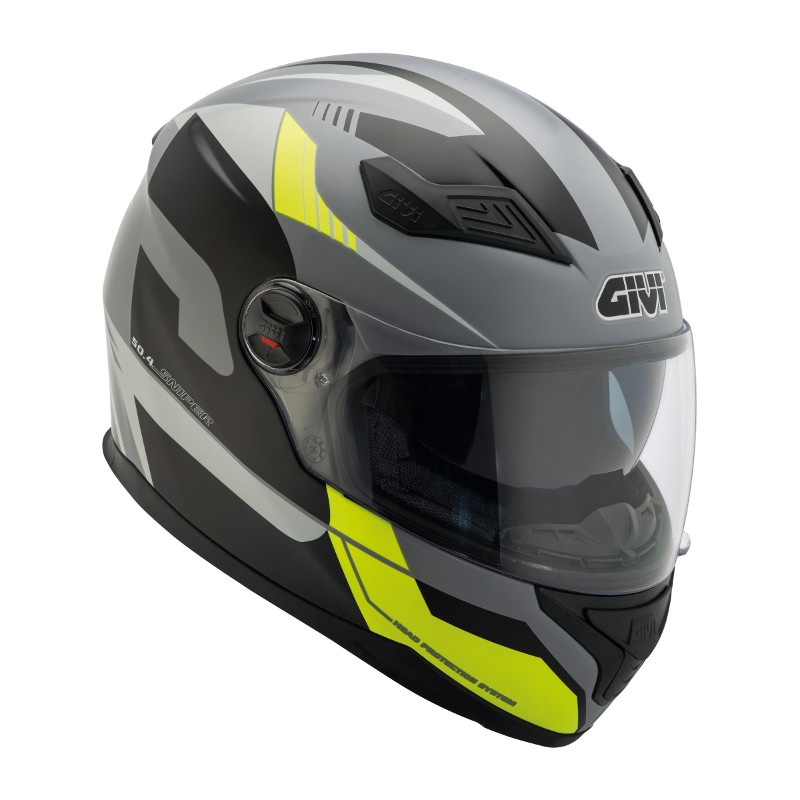 This is a fast-growing part of the market with the proliferation of bikes that can turn their hand to this genre. Really, a large chunk of adventure bike owners fit in here, too, so don’t draw a firm line through if you are on the cusp.
This is a fast-growing part of the market with the proliferation of bikes that can turn their hand to this genre. Really, a large chunk of adventure bike owners fit in here, too, so don’t draw a firm line through if you are on the cusp.
With performance that was once considered sportbike territory, you’ll need a helmet that is quieter than the full sports/race or full dirt-style models, if you ride in all weather. For longer rides, a quiet helmet that can maybe function with an intercom and even things like sun visors come into play here. Then there are the flip-front alternatives… Again, if you’re not supporting a local distributor, make sure it has the right standards stuck somewhere. If you’re unsure, the whole standard thing was explained in issue #140. The ECE standard categorises a helmet as ‘J’ if the helmet doesn’t have a chin-piece, ‘P’ if it has a chin-piece for safety reasons (i.e. tested), or ‘NP’ if, as with many car helmets, a non-tested or not protective chin-piece – look for ECE 22.05J, ECE 22.05P or ECE 22.05NP on the label.
Tour/Adventure
 When you chose a bike with the familiar ‘beak’, you might be wanting a helmet that also incorporates a peak for helping avoid glare in unpredictable terrain. With the more upright sitting position, as long as you have a decent screen that shields enough windblast, these have visors and often integrated sun visors, but can also run goggles in dusty conditions, so are as versatile as the bike you’re riding. You’re still looking for a quality shell designed with road use in mind, so don’t go for a dedicated off-road helmet as they (often) are simply not designed for road use. Sure, they pass the test, but dirt riders don’t slide along tarseal at open road speeds, so do the math. If you’re doing serious trail work, fine, head down that track but don’t expect a dedicated dirt helmet to have aerodynamics that’ll be comfortable at sustained high speeds. Besides, the noise while wearing one with goggles or shades will drive you mad.
When you chose a bike with the familiar ‘beak’, you might be wanting a helmet that also incorporates a peak for helping avoid glare in unpredictable terrain. With the more upright sitting position, as long as you have a decent screen that shields enough windblast, these have visors and often integrated sun visors, but can also run goggles in dusty conditions, so are as versatile as the bike you’re riding. You’re still looking for a quality shell designed with road use in mind, so don’t go for a dedicated off-road helmet as they (often) are simply not designed for road use. Sure, they pass the test, but dirt riders don’t slide along tarseal at open road speeds, so do the math. If you’re doing serious trail work, fine, head down that track but don’t expect a dedicated dirt helmet to have aerodynamics that’ll be comfortable at sustained high speeds. Besides, the noise while wearing one with goggles or shades will drive you mad.
Flip-Front/Modular
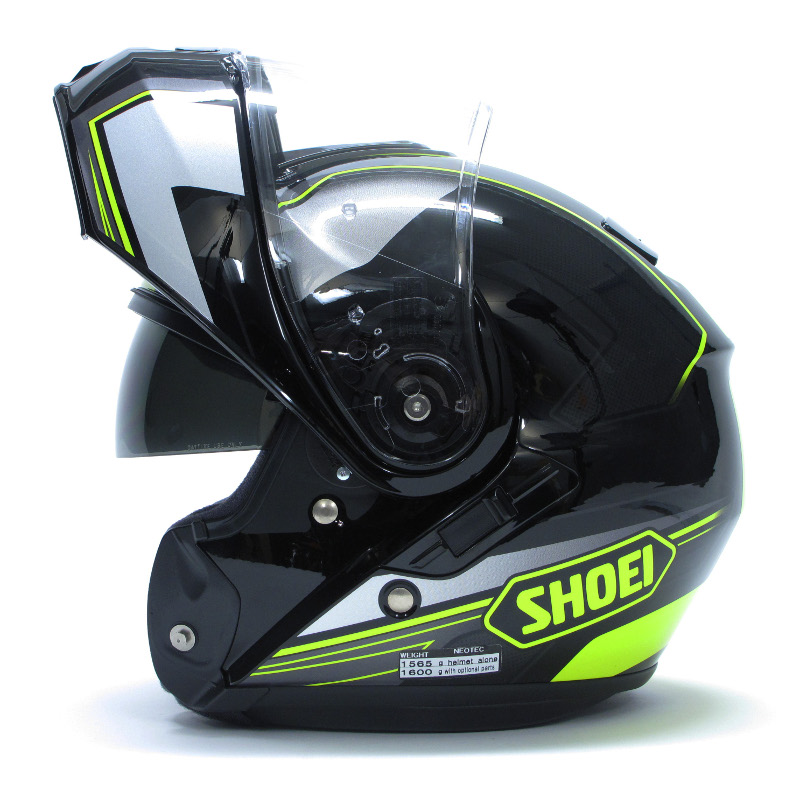 The ability to be able to lift the chin-bar for communication with others has seen many brands design systems that allow the helmet to meet full-face test standards. The only slight negative is a small increase in weight, due to latches and the like, as well as a bit more wind noise if the slipstream goes past the join. The trick in this category is the helmets that do not qualify as a full-face. Some lesser helmets do have the convenience factor but are classed as an open-face, meaning the chin-bar is NOT a safety item, merely there to seal the visor and deflect wind. Buy smart.
The ability to be able to lift the chin-bar for communication with others has seen many brands design systems that allow the helmet to meet full-face test standards. The only slight negative is a small increase in weight, due to latches and the like, as well as a bit more wind noise if the slipstream goes past the join. The trick in this category is the helmets that do not qualify as a full-face. Some lesser helmets do have the convenience factor but are classed as an open-face, meaning the chin-bar is NOT a safety item, merely there to seal the visor and deflect wind. Buy smart.
Open-face
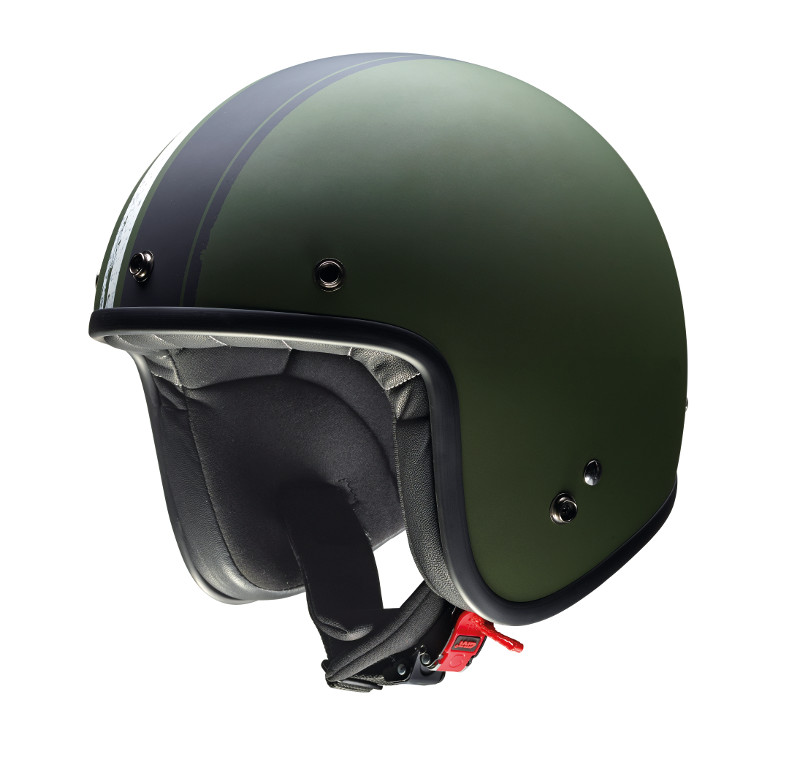 For those who insist on riding in open-face helmets, at least buy a good one. Your face may not be protected but at least look after the vital bit. The same materials are used in the better brands and apart from chin-piece and visor impact tests, the standards are the same. Land face-first in a crash (the most common way of landing…) at speed and you’ll be looking at serious dental reconstruction and depending on the starting point, your looks may suffer long-term. But with a decent helmet, at least you’ll have a better chance of being able to think about your next helmet purchase. And those ‘slammed’ low-profile open-face cruiser helmets that you see Americans riding in (and too many Kiwis) are NOT approved for use on the roads in NZ. In fact most are as legal as a baseball cap under our helmet laws. Try explaining your helmet choice to the department paying out after the fact and see what they think of your claim…
For those who insist on riding in open-face helmets, at least buy a good one. Your face may not be protected but at least look after the vital bit. The same materials are used in the better brands and apart from chin-piece and visor impact tests, the standards are the same. Land face-first in a crash (the most common way of landing…) at speed and you’ll be looking at serious dental reconstruction and depending on the starting point, your looks may suffer long-term. But with a decent helmet, at least you’ll have a better chance of being able to think about your next helmet purchase. And those ‘slammed’ low-profile open-face cruiser helmets that you see Americans riding in (and too many Kiwis) are NOT approved for use on the roads in NZ. In fact most are as legal as a baseball cap under our helmet laws. Try explaining your helmet choice to the department paying out after the fact and see what they think of your claim…
Summary
Yes, by and large, you get what you pay for, particularly at the pointy-end of performance and technology. Buying the best helmet (that fits correctly) that you can justify paying for is going to ensure you have the best protection possible. Don’t scrimp – buy a good, nicely fitting helmet from a reputable brand. If you are strapped for cash, there are still some good options available. Do they offer the protection of the top-shelf? No. Would you buy a cheap helmet to ride your expensive motorcycle in? I suppose it depends on your priorities. If your head is not a priority, we probably lost you in paragraph one.

